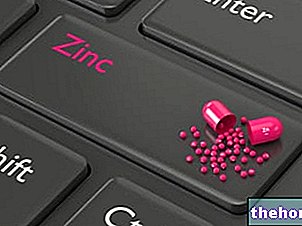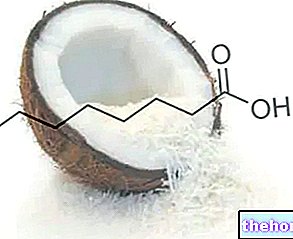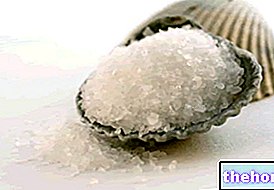Edited by Dr. Davide Marciano
Quality of proteins and amino acids
Proteins are the building blocks of our body, useful for muscle repair, maintenance and growth, sacrificed for energy when the diet is inadequate.
In such cases, in order to satisfy its metabolic needs, the body catabolizes its muscle tissue.
During digestion, proteins are broken down into simpler units called amino acids, which are the very basic components from which the protein originated.
Proteins come in various sizes and shapes and are divided into two categories:
SIMPLE PROTEINS, consisting of amino acids only
a) Serum albumin, present in the blood
b) Lactalbumin, present in milk
c) Ovoalbumins, present in eggs
d) Myosin, present in the muscles
e) Collagen, present in the connective tissue
f) Keratin, present in hair, hair and nails
CONJUGATED PROTEINS, composed of amino acids and non-protein molecules.
a) Nucleic acids, present in chromosomes
b) Phosphoproteins, present in casein.
The body needs 22 amino acids to synthesize a protein. Thirteen of these can be produced by the body, while the other nine must be taken through the diet.
The first are called NON ESSENTIAL AMINO ACIDS, while the second ESSENTIAL AMINO ACIDS.
.jpg)
Proteins that contain all essential amino acids are called COMPLETE, while proteins that lack one or more essential amino acids are called INCOMPLETE.
All dairy products, meat, fish, are complete foods. All starches (except soybeans), vegetables, fruit are incomplete.
Protides provide 4.0 Calories per gram.
The quantity of proteins that the organism is able to use is called BIOLOGICAL VALUE.
The organism is unable to store proteins, as is the case with carbohydrates, so they are continuously broken down and recomposed. This process must be continuously fed by the proteins contained in the food.
In muscle training, the BRANCHED CHAIN AMINO ACIDS, also known as BCAAs (leucine, isoleucine and valine), are metabolized in particular.
The athlete needs about 1.4-2 g of protein per kg of body weight, which in the case of the bodybuilder, especially in periods of definition, can even reach 2.5 - 3g.
Excess protein is also converted into body fat.
A high-protein diet leads to acidosis of the blood, overloading of the kidneys and liver and digestive difficulties.
Digestion of proteins
In the stomach, proteins are broken down into their components (amino acids) by some enzymes that break the bonds between the same amino acids. Less than 5% of the ingested protein is then lost in the stool.
The amino acids are then absorbed by the intestinal villi, thanks to different CARRIERS. Many of them carry more than one amino acid. This explains the mistake of many people who take excessive quantities of a single amino acid: this error leads to an excessive work of a given transporter, thus damaging the transport of the other amino acids that use it.




























